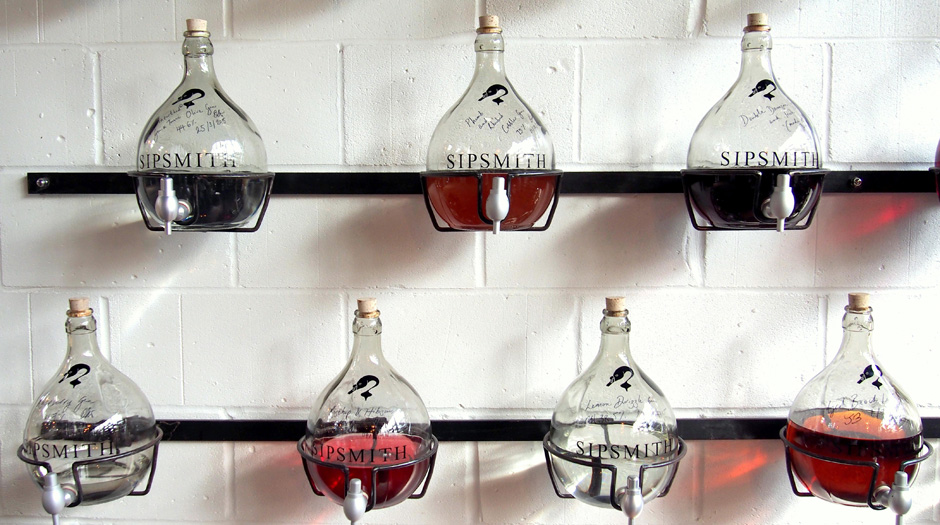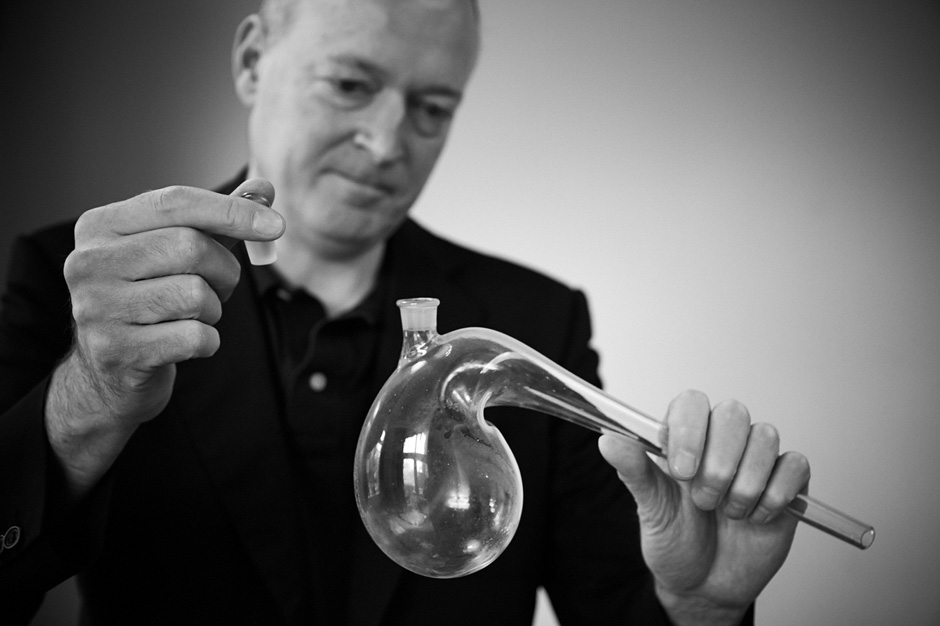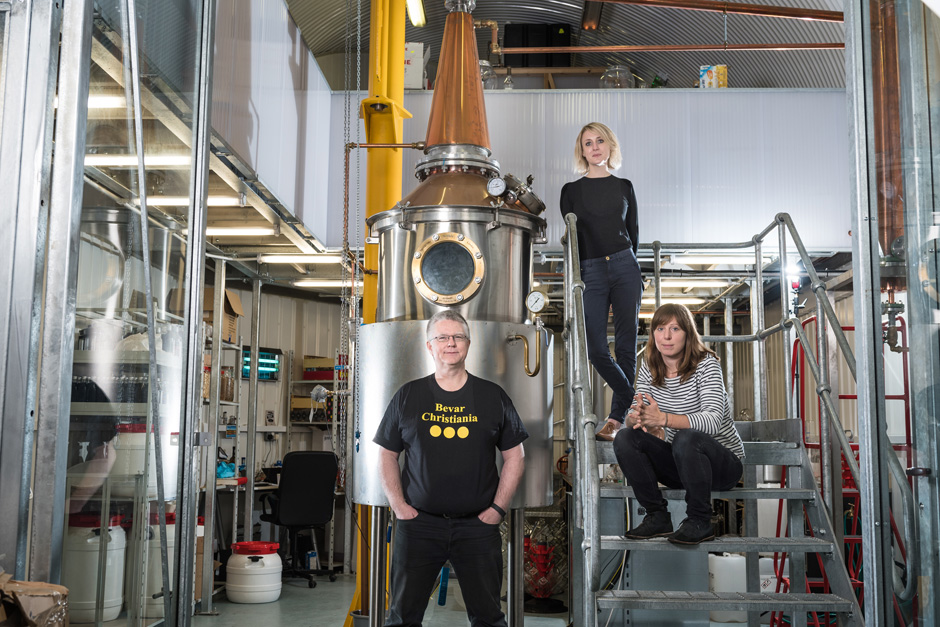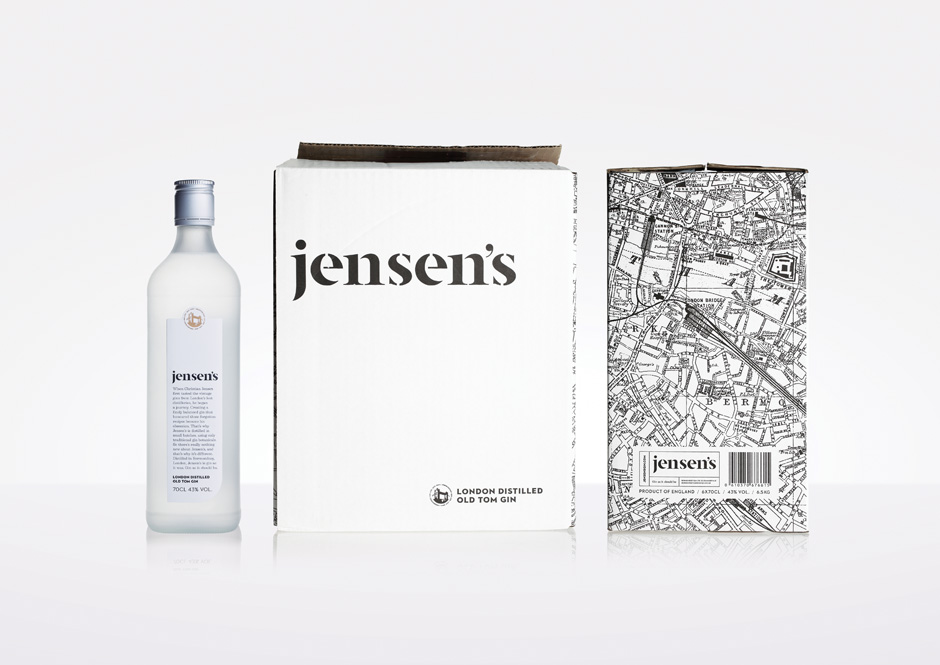At the height of London’s Gin distillery Craze in the 1720s, when it is thought that one in four houses was a gin shop selling throat-stripping hooch, it was not uncommon to find patrons sleeping off the effects on a heap of straw on the shop floor. Three hundred years later, London is once again seeing a resurgence of gin production, but this time around it’s not just the liquid that’s better, the lodgings are too — thanks to arrival this autumn of London’s first “gin hotel” on Portobello Road.
Spirit of the age: the rise of London’s gin distilleries
1st November 2016
From Sipsmith and Sacred to the London Distillery Company, small-batch gin producers are going from strength to strength as locally made spirits make a comeback.
Conceived by the creators of Portobello Road Gin, which started life in the tiny Portobello Star bar nearby, The Distillery will be a four-floor mecca for gin-lovers, complete with distillery, two bars, gin museum, restaurant, gin blending room and three boutique guest rooms styled in keeping with the building’s Victorian heritage. “People who buy our gin come from all over the world to visit, so we wanted to offer them a way to have a real connection with it,” says Ged Feltham, who launched Portobello Road Gin in 2011 with his business partners, Jake Burger and Paul Lane. The Distillery’s bigger footprint will also allow the trio to take the production of the core gin, which proved so successful it had to be contracted out to Thames Distillers, back in-house by 2017. Yet The Distillery won’t simply be a platform for Portobello Road Gin — in the Spanish-style Gin Tonica bar, visitors will be able to sample gins from around the world in a variety of fishbowl G&Ts.
The Resting Room pub, on the other hand, will showcase a range of homemade spirits and infusions made on the premises, including the latest batch of their ultra-limited-edition Director’s Cut Gin, which is set to emerge in a new smoky incarnation this autumn. “We’ll also be experimenting with ageing things,” says Feltham, “and working with other types of casks and spirits from distilleries we’re friends with from around the world, in Ireland, Mexico and the Caribbean.” London’s history as a centre for gin production is well-documented, but it’s little-known that the capital once had a thriving whisky industry between the early and mid-1800s with the last distillery, Lea Valley, closing its doors in 1903. This October, the first whisky to be distilled in London for over 100 years will be released by The London Distillery Company (TLDC), the micro-distillery behind the covetable Dodd’s Gin. Made from 100% organic, British rye, this white, or unaged, whisky goes by the name of Spring-Heeled Jack, a nod to a flaming blue ghoul said to haunt eaters of mouldering rye bread in the early 1800s. Spicy, with prune and dark chocolate notes (and not, I should say, a hint of mould), it’s a feisty overture for the cask-aged version, which will follow in 2017. A single malt aged in English oak — rather than US or Spanish oak, as is traditional — is also in the works, along with the limited-edition Rumour Rum,whose witty monochrome packaging features redacted texts and blanked-out mugshots.
London distilleries are delving into the archives, including a 19th-century distiller’s handbook, to create new drinks modelled on long-lost recipes
Schedule
The London Distillery Company takes great pride in its showstopping packaging, but it’s also a pioneer in the field of sustainability. For its recently launched Kew Gin, made with botanicals from Kew Gardens, the company went to great lengths to ensure that every last detail — from the marbled, hand-printed labels, to the glue, inks, paper stocks and stopper — were as environmentally friendly as possible. “This hasn’t been easy,” says TLDC founder Darren Rook, “as we are deliberately rejecting the standard packaging techniques used by most producers, including things like plastic coatings, UV inks and high-VOC varnishes that reduce compostability or have an element of animal testing involved.” The LDC isn’t the only one working on a rye whisky — the hip East London Liquor Company in Bow has one in the pipeline, too. Set for release in 2018, it will join a portfolio of award-winning small-batch products , including a vodka, several gins and a rum made using demerara sugar from Guyana, along with the distillery’s first oak-aged gin, which was released in a limited-edition run earlier this year. “The focus for us is innovation and change. What we’re interested in is creating lots of different editions,” says founder Alex Wolpert, who is currently road-testing more unusual cask types, including red wine casks, French oak and chestnut. As if that weren’t enough, it also recently expanded its warehouse, installed a second whisky still and opened an on-site restaurant offering oven-fired pizzas and slow-cooked pork.
Another distillery that hasn’t been resting on its laurels is north London distillery Sacred, which launched in 2009 with a classy, vacuum-distilled gin laced with frankincense. Today, its range has grown to include gins flavoured with cardamom, pink grapefruit or coriander, a Campari-like Rosehip Cup and a rosso-style Spiced Vermouth, which can be purchased together with the gin in a natty three-bottle Negroni giftpack. Its dry and amber vermouths, which were formerly only available at Dukes Bar in St James’s, are now also on general release.
Another distillery that hasn’t been resting on its laurels is north London distillery Sacred, which launched in 2009 with a classy, vacuum-distilled gin laced with frankincense. Today, its range has grown to include gins flavoured with cardamom, pink grapefruit or coriander, a Campari-like Rosehip Cup and a rosso-style Spiced Vermouth, which can be purchased together with the gin in a natty three-bottle Negroni giftpack. Its dry and amber vermouths, which were formerly only available at Dukes Bar in St James’s, are now also on general release.
For its next trick, Sacred will be putting its own spin on a stash of young whisky from the English Whisky Company in Norfolk. A number of finishes and blends are currently being explored, but the first release will be a whisky liqueur. Described by Sacred distiller Ian Hart as “halfway between Drambuie and Grand Marnier”, the prototypes absolutely pop with zesty orange oils, warming cinnamon and cloves. It’s perfect hipflask material.
Elsewhere, London distilleries are delving into the archives to create new drinks modelled on long-lost recipes. At Jensen’s, the Bermondsey distillery behind Jensen’s London Dry gin and Jensen’s Old Tom, a 19th-century distiller’s handbook was the source of inspiration for its recently launched small-batch orange bitters. They are now being snapped up by bartenders around London. To taste these, you’ll have to visit the distillery, where you can also try a range of seasonal macerations, including rhubarb and sugar snap pea gins.
West London distillery Sipsmith also recently extended its range with a London Cup modelled on the Pimm’s-style cups that were popular in Victorian times. Based on the traditional cup triumvirate of vermouth, gin and liqueur, it boasts an invigorating bouquet of lemon verbena, borage and bergamot that’s delicious served long with ginger ale or, if master distiller Jared Brown has his way, served as a single iced shot.
And the distilleries keep on coming. The newest addition to the scene is Bimber, which opened in Park Royal in north-west London earlier this year. Using the Polish word for moonshine, Bimber is already producing a range of spirits influenced by the owner’s own upbringing in Poland, resulting in the likes of oak-aged vodka and fruit-infused spirits, as well as classic-style gin. Cask trials are also underway, with PX sherry, port and virgin American oak casks all in the frame, along with a single malt whisky in due course.
It’s enough to leave you wanting a little lie down. In which case, I know just the place…
Alice Lascelles writes about drinks for the Financial Times and is the author of Ten Cocktails: The Art of Convivial Drinking (Saltyard, £16.99)










